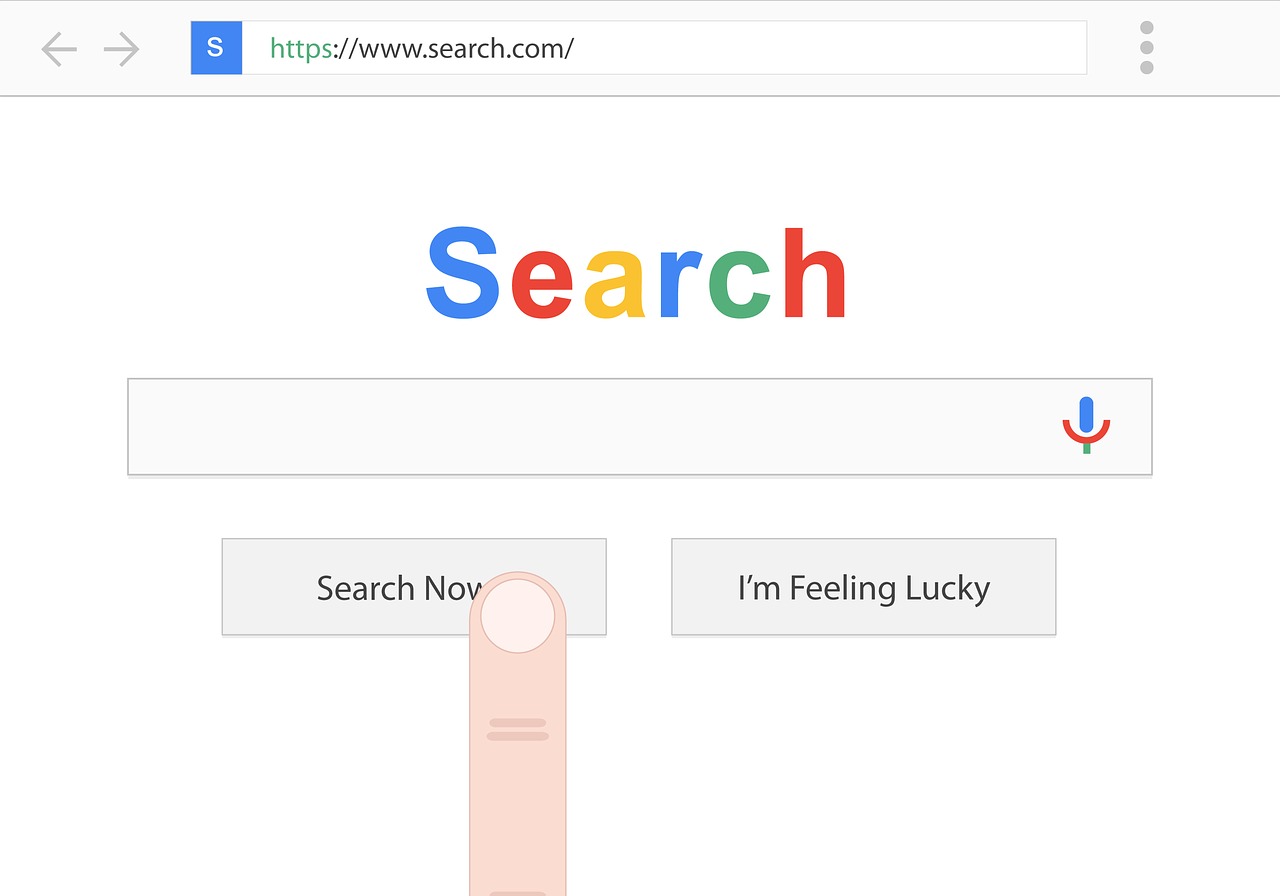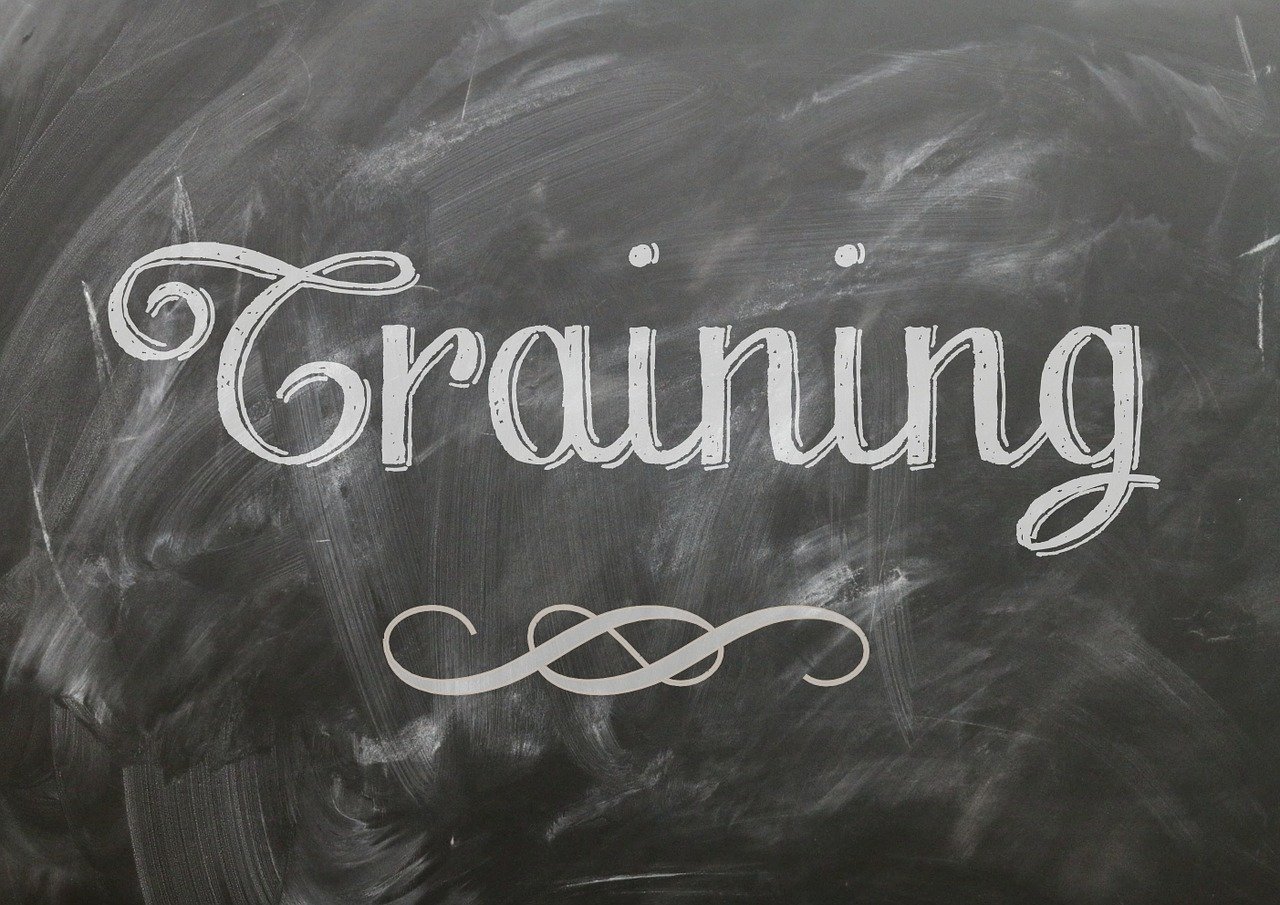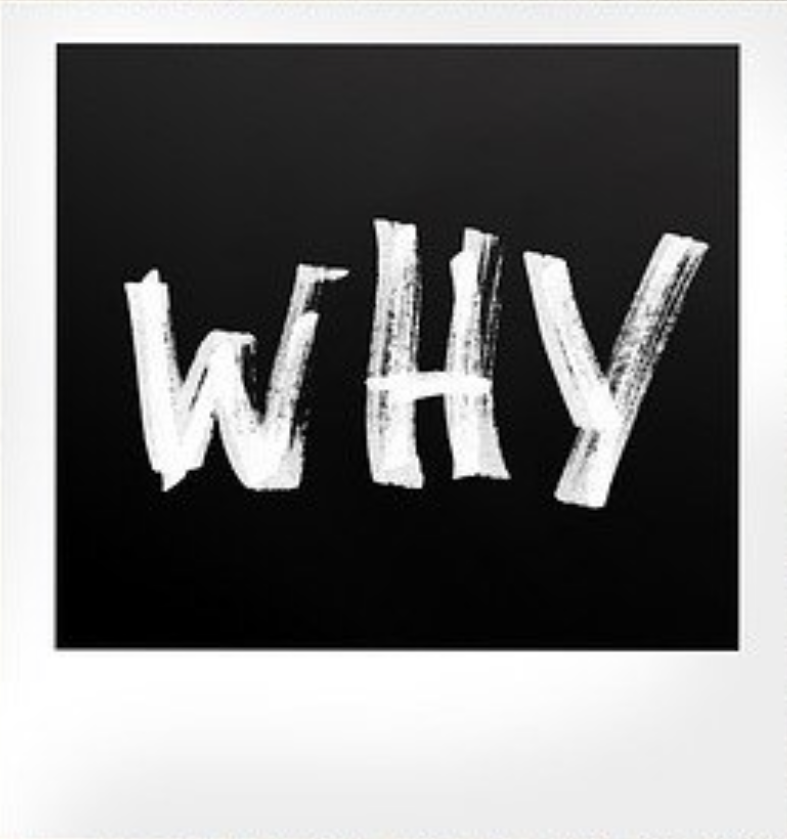I recently shared a post about how your website doesn’t just need more content, it needs the right content. I focused that article on content written for SEO, meaning traffic directed to your site via the organic listings in search engines such as Google.
 Today, I’d like to continue that discussion, but with a focus instead on paid advertising tactics such as online ads. When prospective customers click an ad, they are usually driven to a page on your website, referred to for the sake of this article as a landing page. It may be your homepage, it may be a specific internal page — the destination itself is less important to this discussion than the content and goals of that page. In order to be effective, it must showcase the right content.
Today, I’d like to continue that discussion, but with a focus instead on paid advertising tactics such as online ads. When prospective customers click an ad, they are usually driven to a page on your website, referred to for the sake of this article as a landing page. It may be your homepage, it may be a specific internal page — the destination itself is less important to this discussion than the content and goals of that page. In order to be effective, it must showcase the right content.
Let’s break down what that means.
How Do Paid Advertising Landing Pages Differ from SEO Entrance Pages?
An SEO entrance page means a page that a visitor enters through search engines. The page must be optimized for specific keywords a prospective customer is likely to search. Otherwise, competing sites that are better optimized for the relevant terms will outrank your page.
Paid advertising gives you an opportunity to bypass this significant roadblock. Let’s say there is a term you could never rank for, because your brand guidelines restrict you from using such language in connection to your offerings. An example we used previously is a home security company electing to avoid the negative connotation of “criminal.” That makes the organization less likely to rank on search engines for a phrase such as “protection from criminals.” However, engaging in a paid advertising campaign can help an organization reach that audience without requiring use of such language. They can even appear on the same search engine results pages they would otherwise be absent from, by bidding within Google AdWords on such terms, just not actually using the terms in their ads or on their landing pages. (Side note: Yes, relevancy still matters, there is something called Quality Index Score that can help your Google AdWords ads earn more clicks for less cost by establishing a higher relevancy of a page, but the point is that you are not trying to rank in the search engines for this page, you are sending paying traffic to it.)
 Another instance where landing pages can become more effective at capturing an audience than SEO entrance pages are on top-level terms that you’d never be able to rank highly for even if you did choose to use them within your content. Let’s take “security system” as an example. Searching “security system” returns results from objective sources such as safety.com, bestbuy.com, and nytimes.com, for articles rating top security systems. A new home security company is extremely unlikely to outrank those sites for the overarching term of “security system.” However, they can ensure their ads appear within the search results nonetheless. In my test search, ADT, Simplisafe, and Vivint were doing exactly that — purchasing ads for those who searched “security system.”
Another instance where landing pages can become more effective at capturing an audience than SEO entrance pages are on top-level terms that you’d never be able to rank highly for even if you did choose to use them within your content. Let’s take “security system” as an example. Searching “security system” returns results from objective sources such as safety.com, bestbuy.com, and nytimes.com, for articles rating top security systems. A new home security company is extremely unlikely to outrank those sites for the overarching term of “security system.” However, they can ensure their ads appear within the search results nonetheless. In my test search, ADT, Simplisafe, and Vivint were doing exactly that — purchasing ads for those who searched “security system.”
What this means is that, unlike an SEO entrance page, you have more freedom of language on a paid advertising landing page.
So, what should you include?
The Right Content for Paid Advertising Landing Pages
While you have more freedom on a paid advertising landing page than you would an SEO entrance page, there are still some content elements you should include, to ensure the page is effective as possible at driving an action.
And let’s start there, with the goal. Most landing pages should be focused on driving an action. Buy now, call now, learn more now. What do you want them to do? Make that your centerpiece — everything you write should be about driving visitors to perform your desired action. Unless you’re developing an e-commerce page, the desired action most often takes the form of a form. The placement of your form matters, as does the content surrounding the form. To drive action, you need to introduce your product or service (and any special offer), explain how it benefits the user, and establish why they should trust you with their purchase or information. Let’s get into the weeds.

The Form
First thing’s first: don’t ask for too much information in your form. The shorter it is, the more likely it is to be filled out. The better you explain why you are requesting certain fields, the more likely you are to get the information.
Here’s an example: let’s say I’m on a page where I can download a free product guide by completing a contact form. If said form asks for my physical address, I’m immediately on alert. Why do you need my address if I’m downloading a product guide? In fact, now that I’m thinking about it, why do you need my email address and phone number as well?
Here are methods to gather information from audiences increasingly weary of providing information:
- Explain what you need it for: “Our products differ based on geography. Provide us your address and we’ll deliver a product guide tailored specifically for you.” Oh, okay — there’s a reason you need my address.
- Deliver the promised information via the provided contact details: If you allow me to download a product guide by entering an email address, I may very well enter a phony email address to anonymously get the information I want. Instead of letting me download it, promise to email it to me. Have me enter my email address and then you will send me the guide. In this way, if I want the guide, I have to give you a real address.
Pro tip: Leverage a marketing automation platform such as HubSpot so that the guide emails automatically, and so that the user is also automatically added to an email distribution list, which brings us to… - Be smart with how you acquire information: I get it, your sales people want as much info as possible. Where they live, where they work, their budget, all that. But remember earlier when we discussed that the longer a form is the less likely it’ll be filled out? Unless you are mailing something, you don’t need to ask for physical address in the form, or for the organization where they work, or how they heard about you. You can gather all that information later. Either during the inevitable follow up call with the sales person, or via email automation. Leverage HubSpot or a similar tool to send out automated emails that A) provide helpful information and B) include additional information gathering opportunities to flesh out the profile of a lead. What you want to do at the start is gather their name and email. Once you have that, you can maintain an ongoing dialogue with them via email distribution.
Okay, that was a long first thing. But with that out of the way, let’s now talk about how you get them interested in completing your form. My above example of a product guide probably isn’t going to cut it. Your website should be your product guide. And “complete this form to speak with us,” probably won’t do it, either. If I wanted to speak with you I would call you, or fill out the generic contact form that likely lives on your Contact Us page. YOU need to convince ME why I want what you have. So convince me. Give me something for my coveted contact information. Maybe it’s a pricing guide instead of a product guide. Maybe it’s a PDF with helpful, objective information related to what brought me to the page. Maybe it’s a free assessment or one hour consultation with an expert. The point is, unless you are the only organization offering Oxygen to a colony on the Moon, you need to give me an incentive to take action, or I won’t. It’s that simple.
Also, whether I take action may very well depend on the placement of the form as well.
The placement? Doesn’t a form always live at the top of a page?
No.
There are certainly some occasions where it makes sense for a form to appear at the top of a landing page. If there is a direct connection between the ad and a special offer, include the form to claim the offer right at the top — don’t make visitors search for how to get the thing you promised them. The same idea holds if this is an impulse purchase, say a funny T-shirt advertised on Facebook — you want visitors to very quickly and easily be able to purchase the funny T-shirt they came to buy.
However, if it is anything that requires consideration, or if the sales cycle is a long one and this page is intended to acquire a visitor’s contact information, you need to do some selling before they will be willing to act. For that reason, you may want to place any contact form lower on the page, or include a large callout that returns the visitor to the form that was higher on the page, because they won’t be ready to act until they’ve been convinced to act.
And that, my friends, is what brings us to the content around a form, the information that convinces them to act. Read on for the what, how, and why of your product or service and your company.
The What
 Lead off the page with a brief introduction of your product or service, or why it’s needed. If your ad included any type of special offer, be sure to mention it at the top of the page. Explain how to claim it, take advantage of it, etc. This is where that offer form comes into play.
Lead off the page with a brief introduction of your product or service, or why it’s needed. If your ad included any type of special offer, be sure to mention it at the top of the page. Explain how to claim it, take advantage of it, etc. This is where that offer form comes into play.
If there’s no immediate offer, make sure the language still connects from the ad. No one wants to feel like a victim of the ole bait and switch. If I click an ad about the world’s most energy efficient hot water heater, I better be taken to a page about the world’s most energy efficient hot water heater.
And when I start reading about this mythical hot water heater, I want to see information like, “Save up to 80 percent on your heating bill,” as opposed to, “We think you’ll love our water heaters as much as we do.” This point is really important: you must explain your product or service in a way that relates it to the visitor. They don’t want to hear why you’re thrilled to provide it or anything about what it means for you — they want to know what it means for them.
Keep this succinct, and include related photography (and if possible, an explainer video less than two minutes in length). If you suspect the visitor may not be intimately familiar with the concept of this product or service, start by explaining a scenario for why it’s needed. For example, if the landing page is for a company that develops landing pages, it might start with a stat about the percentage of landing page visitors who leave within a depressingly low number of seconds. They could then go on to explain how they solve this problem with tried and true landing page development guaranteed to boost conversions by whatever percent.
Explain the need. Explain that this product or service solves the need.
How does it solve the need? Well, that’s the next section…
The How
 How does our fake landing page development firm develop such effective landing pages? That’s what the visitors have come to learn. Namely: how, exactly, can you help me? Show that you recognize their pain points and how this offering alleviates that pain. Use short, declarative statements, preferably bulleted, preferably with accompanying images. Allow for scanning. Use subheads so that if visitors do scan, they still absorb the key points.
How does our fake landing page development firm develop such effective landing pages? That’s what the visitors have come to learn. Namely: how, exactly, can you help me? Show that you recognize their pain points and how this offering alleviates that pain. Use short, declarative statements, preferably bulleted, preferably with accompanying images. Allow for scanning. Use subheads so that if visitors do scan, they still absorb the key points.
You can also take this opportunity to prove it to them. Our fake landing page company promised it could increase conversions — they could prove it with stats and/or testimonials. They could highlight the companies that use them for landing page development. They could show instead of just tell that they know they will get you results, because they’ve done it before.
This credibility angle is key. In fact, it’s the basis for the next section.
The Why
 More precisely: why you? Your website likely includes a good amount of “About” content explaining who you are and why you are, and yes, if this landing page lives within your site, a visitor could potentially navigate to that content. But then the visitor has navigated away from your offer. So bring that content to them, with a brief section at the end of your landing page. This becomes extra important if your landing page is a standalone page, disconnected from the navigation of your site.
More precisely: why you? Your website likely includes a good amount of “About” content explaining who you are and why you are, and yes, if this landing page lives within your site, a visitor could potentially navigate to that content. But then the visitor has navigated away from your offer. So bring that content to them, with a brief section at the end of your landing page. This becomes extra important if your landing page is a standalone page, disconnected from the navigation of your site.
The Why section is the opportunity to talk about yourself (in contrast with the What and How sections that aren’t about you, but about how the visitor can be helped). This is when you establish your legitimacy, your credibility; when you make it clear why a visitor should trust you with their contact information; that you are a genuine organization with expertise in their field. And why they should purchase from you, instead of a competitor.
Summary Time
Phew, that was a lot to process! Let’s recap quickly. Here are the basics for an effective landing page in less than 10 steps:
 Ensure the content is connected to the ad
Ensure the content is connected to the ad- Ensure the form is placed in the most appropriate position for the conversion process — if you need to convince the visitor to take action, placing the form at the top of the page before you’ve done any convincing may not make the most sense
- Ensure the form is not too long, not too intimidating, not asking for too much unnecessary information
- Give the visitor something meaningful for their contact information, something they would actually want and benefit from
- Demonstrate that you understand their problem
- Explain how you can solve their problem
- Prove it
- Establish your credibility
- Reap the rewards!
In case you were wondering, yes, we are a digital marketing agency that develops landing pages, in addition to conducting paid advertising tactics from AdWords to banner ads to social media, plus being a HubSpot certified partner. We specialize in customer acquisition, meaning we focus on getting you more sales.
So, now that you’ve reached the bottom of this page, if you’ve been convinced to take action, we’d be thrilled to offer you a free consultation. You can learn more about us via the navigation at the top of this page, or complete this form to request your consultation.











